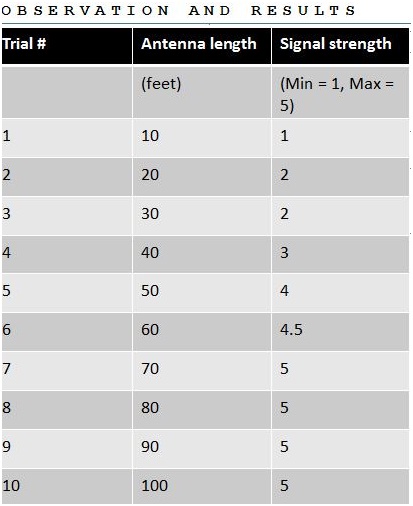





Published on Feb 13, 2025
The objective: Have you ever wondered how a radio can grab signals that are transmitted through the air and convert them into sound? In this science project, you will build your own AM radio receiver from scratch and use it to listen to AM radio broadcasts. With your crystal radio you will be able to experiment with the circuit and the antenna to get the best reception.
Which antenna length gives the best radio signal? After researching the electromagnetic spectrum, frequency, wavelength, quartz crystals, and radios, I realized I had all the basics for picking up AM radio stations using simple equipment from The Source. But which antenna length would produce the clearest, strongest radio signal in my crystal radio?
A crystal radio is among the simplest of radio receivers… there’s no battery or power source, and nearly no moving parts. The radio is made up of a tuning coil (magnet wire wrapped around a toilet paper tube), a detector (germanium diode) and crystal earphones, and an antenna wire. The crystal radio turns the radio signal directly into a signal that the human ear can detect. Since the radio does not use external power, the source of power comes directly from the radio waves themselves. This radio detects in the AM band that have been traveling from stations (transmitters) thousands of miles away.
One of the biggest challenges with detecting low-power radio waves is that there is no amplifier on the radio to boost the signal strength. I had to find the quietest spot in my house away from any transmitters (and loud noises) that might interfere with the reception. When designing the experiment, I had to take into account the finer details, such as the width of the wire, whether to use magnet or plastic-insulated wire, the type of diode, and the tube diameter. In addition, I also needed to find an adequate grounding source (I used a metal water pipe) and have enough space to spread out my antenna, which ranged from 10’ to 100’.
I expected to discover how radio waves transmit information through air ? And how is this information converted into sound?
• How do radio waves transmit information through the air ?
• How is this information converted into sound ?
I predicted that the longer the antenna, the stronger the signal in the crystal radio. My best guess is that an antenna that's long would produce a clear enough signal to hear distinct words and songs.
2 packs of 18 gauge (AWG) coil wire
•1 XL pizza box
• 2 pieces of alluvium foil cut 6 inch by 6 inch
• 1 piece of paper 9 inches by 7 inches
• First, I became familiar with the experiment and setup. After raiding Radio Shack for magnet wire, diodes and earphones, I created a simple crystal radio that could detect AM radio waves without the use of a battery. I ran ten trials varying the length of the antenna and estimated the signal strength using the following scale:
1 – No Signal: you can’t hear any signal at all
2 –Inaudible Sound: you can barely hear a signal, but can’t make out any words
3 – Weak Signal: you can hear a few words here and there, but nothing that makes sense
4 – Medium Signal: you can hear most words, but it still sounds scratchy
5 – Strong Signal: you can clearly hear words or songs

I found that my initial hypothesis (the longer the antenna, the stronger the signal in the crystal radio) was supported by the data. My best guess was that an antenna that was long enough would produce a clear enough signal to hear distinct words and songs. For further study, I recommend running an experiment to test the various gauges of wire, tube diameter, and types of grounding sources. This experiment was a lot of fun!
www.sciencebuddies.com
www.rimstar.org